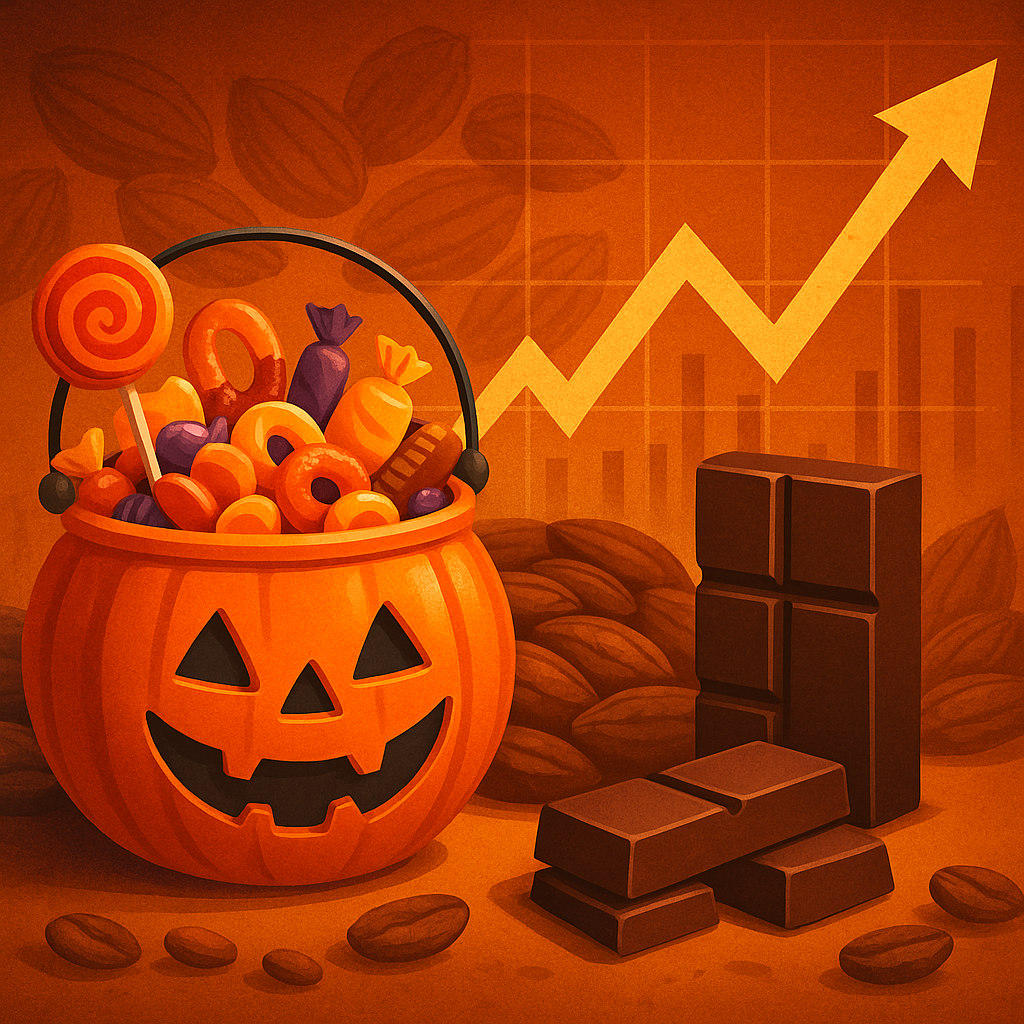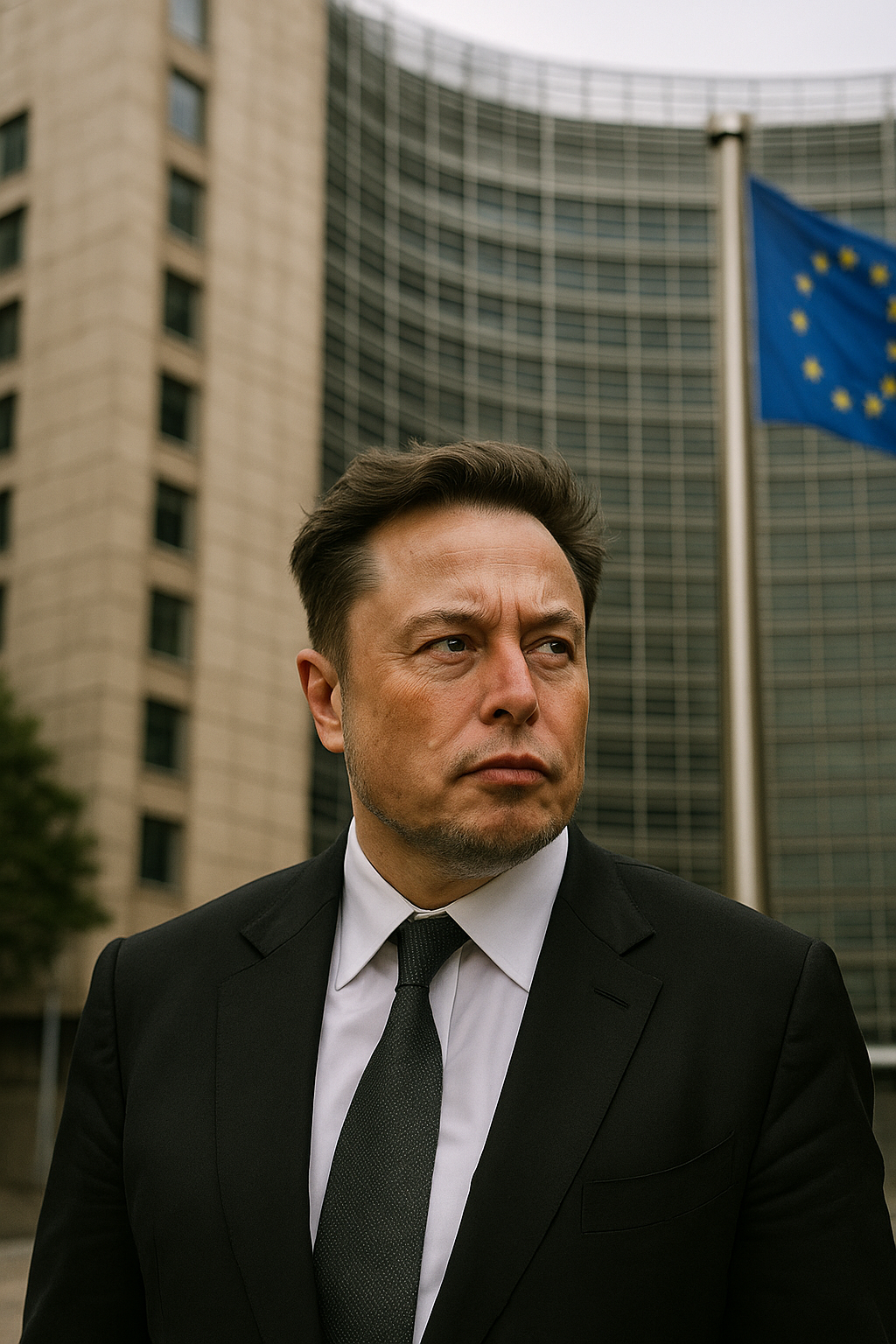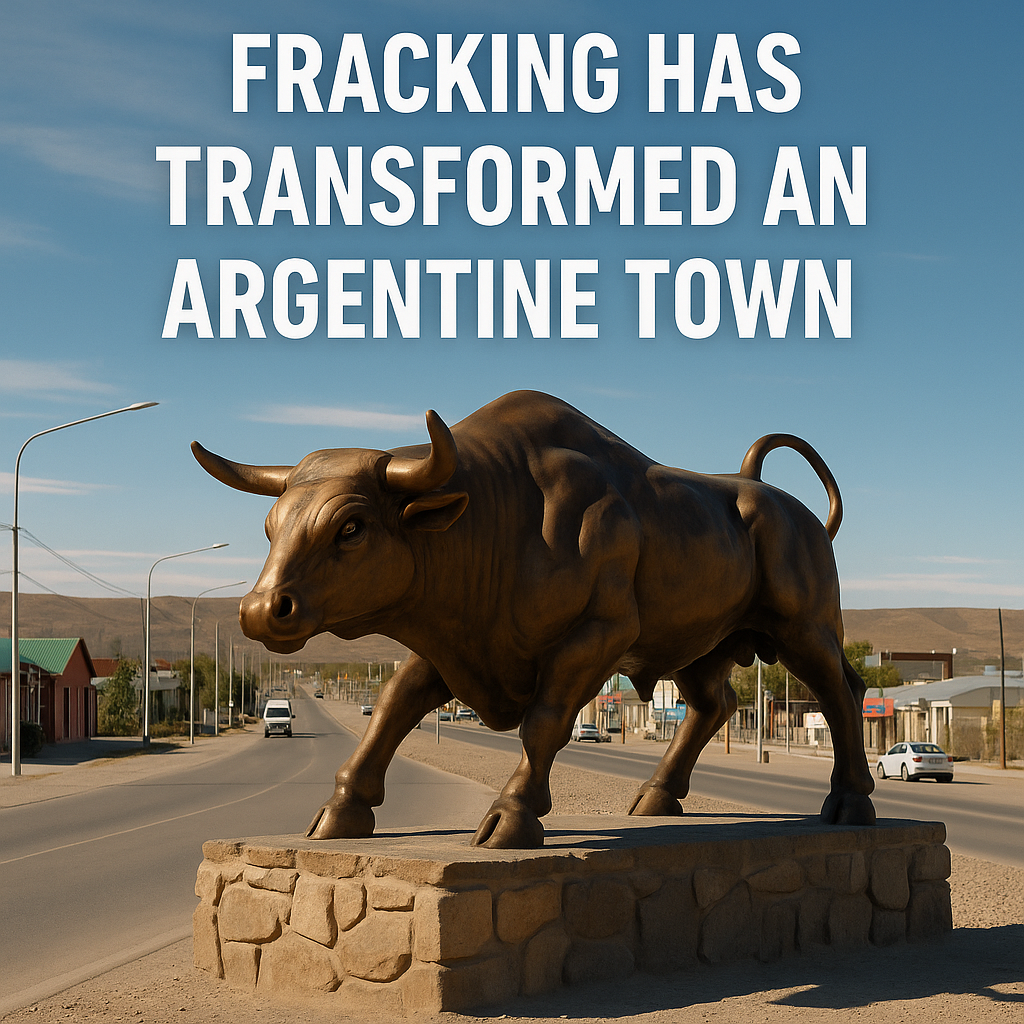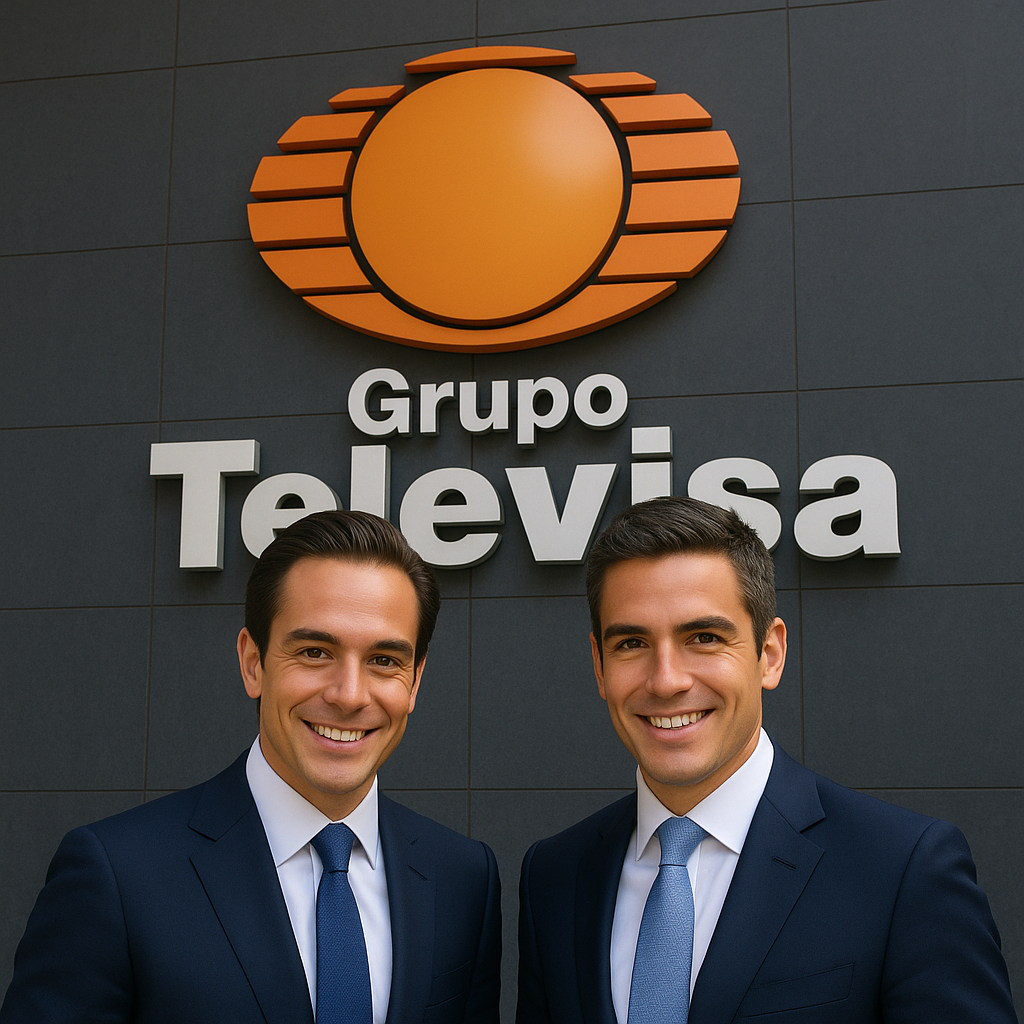Key Highlights
- Candy Inflation: Prices up 10.8% year-over-year, nearly quadruple overall inflation
- Cocoa Costs: Cocoa futures rose 178% in 2024, after a 61% jump in 2023
- Chocolate Shortage: Poor harvests in Ghana and Ivory Coast due to climate change
- Industry Shift: Candy makers move toward gummies and flavored fillings
- Shrinkflation: Smaller chocolate portions, lower cocoa content, higher sugar
- Tariff Impact: Trump-era tariffs affect ingredients and aluminum packaging
- Spending: Americans expected to spend $7.4 billion on candy this Halloween
Introduction: The Scariest Part of Halloween Is the Candy Price Tag
Halloween treats are giving consumers a fright of their own this year. Candy prices are up nearly 11% from 2024, with chocolate bars shrinking and sugar-heavy gummies taking over the shelves.
The cause: skyrocketing cocoa prices, global supply shortages, and trade tariffs that have trickled down to everything from aluminum wrappers to imported cacao beans.
According to new data from NielsenIQ and Groundwork Collaborative, the price surge outpaces the overall U.S. inflation rate nearly fourfold — making this the most expensive Halloween in recent memory.
Cocoa Chaos: The Root of the Chocolate Crisis
At the heart of the price spike is a global cocoa shortage. Cocoa futures rose 178% in 2024, the biggest annual increase in decades, following devastating weather in Ghana and Ivory Coast, which produce about 60% of the world’s cocoa.
Floods, drought, and crop disease have decimated yields. Even though prices dropped 46% in early 2025, most candy on shelves today was made from last year’s record-priced beans.
As a result, manufacturers—from Hershey and Mars to small craft chocolatiers—are paying significantly more for raw ingredients, with many choosing to cut back on cocoa or shrink product sizes to offset costs.
From Chocolate to Gummies: Candy Industry’s Sweet Pivot
To protect profit margins, candy companies are rebalancing their portfolios. Instead of doubling down on chocolate, they’re leaning into gummies, fruity sweets, and flavor innovation.
Sales of sour and gummy candies jumped 7% year-over-year, according to the National Confectioners Association. Younger consumers, especially Gen Z, have driven demand for chewy, colorful, and novelty sweets over traditional chocolate.
Brands like KitKat are experimenting with flavors such as cinnamon toast and pumpkin spice, which use less cocoa but retain novelty appeal.
Shrinkflation: Less Chocolate, More Sugar
Even when chocolate remains on the shelves, consumers are getting less of it.
Hershey has implemented a new “price pack architecture” — a corporate term for selling smaller portions at the same or higher prices. Specialty chocolate makers are also cutting cocoa content in bars from 75% to around 65%, replacing it with sugar and fillers to control costs.
Economist David Branch of Wells Fargo notes, “Manufacturers are reducing portion sizes rather than overtly hiking prices, but consumers still pay more for less product.”
Small Businesses Hit Hard: The Escazú Chocolates Story
For artisanal chocolate makers, the situation is even tougher. Escazú Chocolates, a small bean-to-bar producer in Raleigh, North Carolina, sources its cacao directly from Latin America, paying farmers up to four times the commodity price.
“Every single input—beans, packaging, shipping—has gone up,” co-owner Tiana Young told CNN. “Even our aluminum foil is affected by tariffs. There is no new normal.”
Escazú has responded by reducing hot chocolate cup sizes, moving to a cheaper retail space, and promoting non-chocolate treats to stay afloat.
Tariffs and Inflation Compound the Problem
President Donald Trump’s trade policies have also hit the industry. Tariffs on metals and imports have increased costs not only for cacao but also for packaging, logistics, and production equipment.
These pressures come on top of general inflation in energy and transportation, compounding price pressures on every step of the candy supply chain.
What Consumers Can Expect Through Valentine’s Day
Even though cocoa prices have started easing, consumers likely won’t see relief until mid-2026, as manufacturers are still working through older, high-cost inventory.
Groundwork Collaborative found that prices have risen sharply across popular brands:
- Hershey’s variety packs: up 22%
- Mars assortment (M&Ms, Milky Way, Skittles): up 12%
- Reese’s Peanut Butter Cups: up 8%
- Sour Patch Kids variety packs: up 9.4%
Experts warn that high prices may persist through Valentine’s Day, another key sales season for confectionery companies.
Conclusion: A Bitter Reality for Sweet Lovers
As Halloween approaches, consumers face a stark new normal: more candy, less chocolate, and higher prices.
Climate change, tariffs, and corporate pricing strategies have converged to make 2025 one of the costliest candy seasons in decades. And though chocolate may someday get cheaper again, the trend toward gummies, fillers, and smaller portions may prove hard to reverse.
In short, Halloween’s sweetest tradition has turned into a lesson in global economics — and a reminder that even candy isn’t immune to the world’s supply chain shocks.




